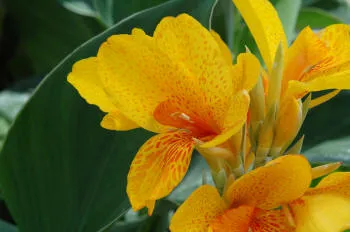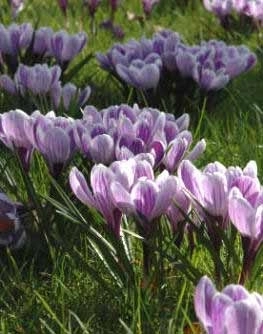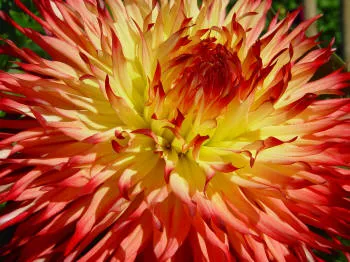Tuberous Begonias are tender perennials that will need to be moved indoors for the winter months and stored as dormant tubers.
They cannot be left to overwinter in the garden or containers, unless you are living in a part of the world that no cold winters.
Dormancy of the tuber is an important part of the growth cycle of the tuberous Begonias, and care should be taken not to break that dormancy during the winter months.
Tuberous begonias should be removed from the garden or outside containers before the first of the winter frosts or cold spells affect the tuber in the ground. However, a light frost - that simply blackens the foliage will not normally harm the underground tuber, but the plants should be removed from the garden as soon as this has happened.

Begonia Tuberous Pink Halo
Once this has happened, then the old stems can be cut to within a few inches of the tuber and allow to dry off naturally. It may be possible at this point for the old stems to be detached from the tuber. If not, then as the tuber dries out, the stems will wither completely and can be removed from the tubers.
In warmer areas, the Begonia tubers will probably start their dormancy period as the days get shorter. They are affected by day length.
When digging the tubers/plants out of the garden, remove as much soil as possible from the tuber, and also brush off any of the fibrous roots that are attached to the tuber.
Inspect the tubers for any sign of damage or rot, and cut out any affected areas. Dust the cutaway areas with Yellow Sulphur.















